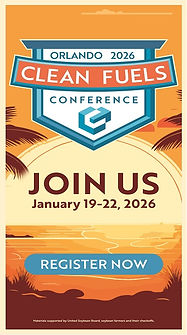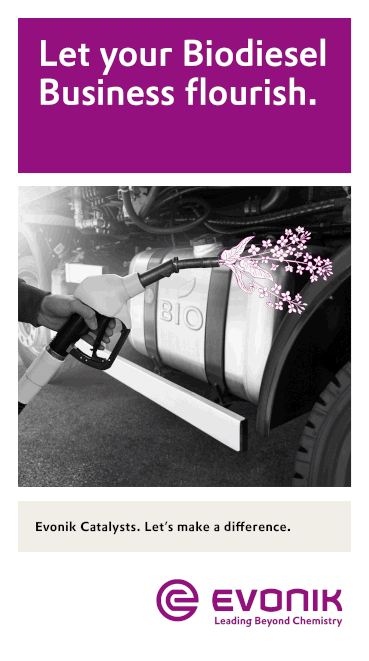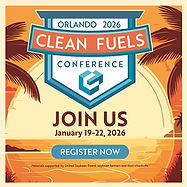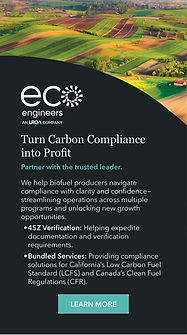SAF Production Needs 3rd-Generation Feedstocks to Take Flight
- Milica Folic
- Jun 6, 2023
- 3 min read

Although their solid nature provides more processing complexity, a watershed moment is expected in the next decade.
The aviation sector contributes 2 percent to 3 percent of global CO2 emissions and is under pressure to address this number. The industry must face the challenge of increasing sustainable aviation fuel (SAF) production to meet demand projected to reach 15 million metric tons (approximately 5 billion gallons) in 2030 and 200 million tons (66 billion gallons) by 2050.
For over 15 years, airlines have been exploring SAF’s potential, but adoption is still low. Significant changes have been seen in the past year though. The International Air Transport Association estimated SAF production increased 200 percent in 2022 from 2021’s level, and over 12 times the amount produced in 2019. But SAF use in 2022 was still only roughly 0.15 percent of global jet fuel.
For SAF adoption to truly take off, two significant and interconnected obstacles must be overcome: The supply capacity of SAF producers and the cost competitiveness of SAF compared to petroleum-based jet fuel. Increased investment, legislation, incentivization and standardization are key to making this happen.
Current specifications ensure existing aircraft and engines need not be redesigned to run on SAF, making the transition even more attainable. The primary focus today is on SAF as a drop-in replacement for conventional jet fuel, with ASTM standards excluding use of neat SAF. The International Civil Aviation Organization currently lists 59 airports worldwide distributing SAF. Seven technology pathways have been approved for producing drop-in SAF, as well as two coprocessing pathways.
The focus at Topsoe has been to develop a deep feedstock library, innovate solutions for a range of pathways and help accelerate the more mature routes for SAF, such as hydroprocessed esters and fatty acids (HEFA). HydroFlex, which provides great feedstock flexibility, enables processing of a wide range of raw materials. HydroFlex also provides product flexibility between renewable diesel and SAF. It is a dynamic technology that allows for full feedstock flexibility, including virgin oils, waste oils and fats, and yet-to-be-approved liquified waste biomass and plastic waste/tires. It utilizes Topsoe’s hydroprocessing expertise to produce HEFA-based SAF with minimal carbon intensity (CI) compared to traditional jet fuel. Topsoe also offers a comprehensive range of proprietary catalysts and hardware, and a versatile process design for HydroFlex.
Another potential source of alternative feedstock is gasified waste. The gas-to-liquid (G2L) route uses Sasol’s low-temperature Fischer-Tropsch technology and Topsoe’s hydroprocessing technologies to produce Fischer-Tropsch synthetic paraffinic kerosene (FT-SPK). Meanwhile, G2L eFuels allows fuels to be produced from green hydrogen—derived from renewable electricity via electrolysis—and captured CO2. This technology combines synthesis gas, Fischer-Tropsch and hydroprocessing technologies to produce FT-SPK/eSAF and green naphtha. The overall carbon efficiency of this technology is 95 percent or more.
To tap into some of the same feedstocks of gasified biomass or captured CO2 and green hydrogen, the methanol-to-jet technology is also being developed, but it will take time before this pathway is approved, scaled and commercialized. The MTJet™ technology is under development as a fast-track project, and catalysts, process, business and ASTM-certification developments are all progressing in parallel.
As SAF demand grows, the availability of feedstocks and pathways is becoming increasingly crucial. SAF can be produced from a variety of renewable sources but competition for these feedstocks from other sectors for on-road and marine fuels is a challenge.
Though some on-road fuel producers are expected to switch to SAF production, first-generation feedstocks as a whole have likely reached saturation, while second-generation feedstocks, such as waste oils and fats, are expected to experience some growth, with more projects announced and realized until around 2030-’35, when growth will likely plateau. The focus will then shift to enabling third-generation feedstocks, which provide new opportunities but must be liquefied and come with extra costs and complexity.
Currently, the cost of producing HEFA and fatty acid methyl ester (FAME) biodiesel from first- and second-generation feedstocks is considered attractive. But as advanced feedstocks like third-generation waste require extra steps in the process due to their solid nature, prices are expected to rise because of this extra production complexity. EU policy, mandates and legislation, and the Inflation Reduction Act in the U.S., for instance, are incentivizing novel technologies and encourage industry to develop solutions for new feedstocks so these cost barriers can be reduced.
So, while hydroprocessing technology is mature and straightforward for liquid first- and second-generation feedstocks, third-generation feedstocks are more complex. Nevertheless, the industry and Topsoe are optimistic, and we expect to make third-generation feedstocks gamechangers. In terms of timelines, sooner is obviously better and we anticipate there will be a watershed moment between 2030 and 2035 when third-generation feedstock projects take off and dominate SAF production.

Author: Milica Folic
Product Line Director, Clean Fuels & Chemicals-Technology
Topsoe


































